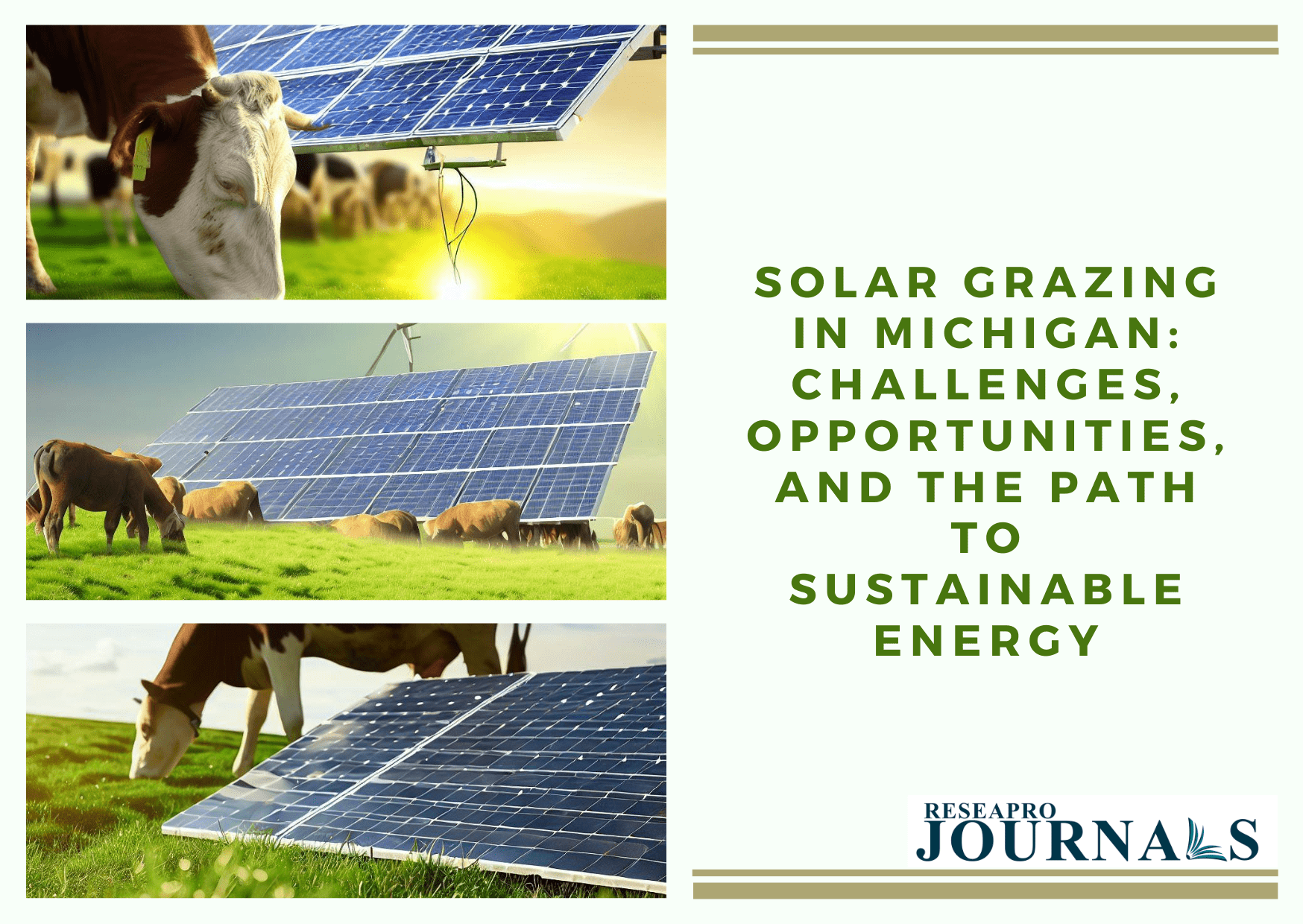“Solar grazing” involves using livestock on solar arrays to maintain vegetation. In Michigan, this practice, part of agrivoltaics, aims to benefit both farmers and solar companies. However, challenges include logistics, costs, and opposition to using farmland for solar projects. Some see solar as a way for farmers to secure income, but local governance and zoning regulations play a role. Despite the challenges, solar can help farmers maintain their land and offset energy costs, contributing to Michigan’s renewable energy goals, with efforts in place to plan and address issues before solar projects are implemented.




